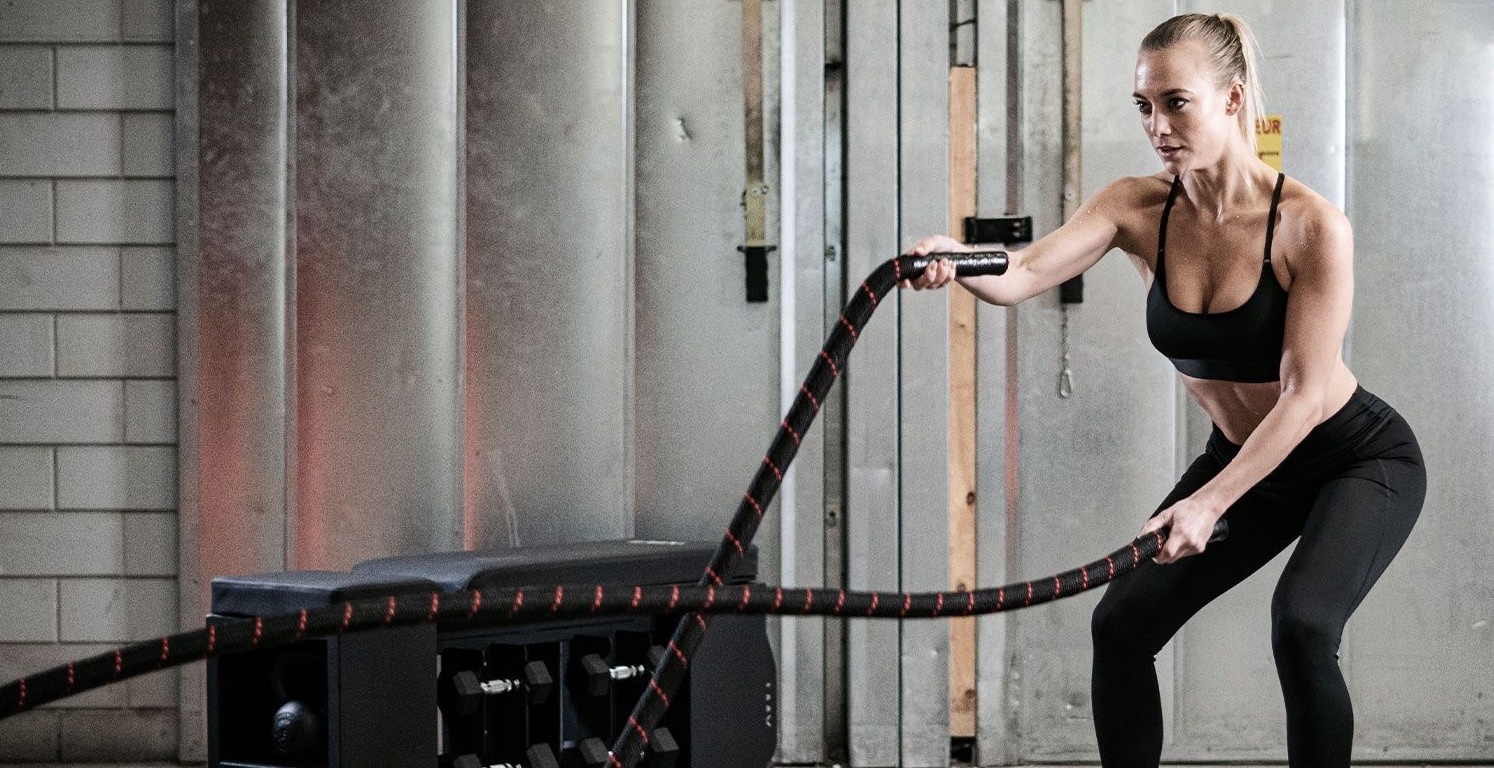Functional training is a form of fitness where we train our bodies to better perform the types of movements we use in everyday life. Think of lifting shopping bags, picking things up from the floor, walking up a stairs, et cetera. Functional training makes your daily movements just that little bit easier. But how did this form of training develop and how does it work exactly?
One of the most important fitness trends of recent years has been functional training. Functional training was originally used by physiotherapists in the rehabilitation of patients. Exercises were developed that mimic movement from daily life at home or at work. The aim of this was to allow patients to return to their lives or work more quickly after an injury or surgery.
All muscles and joints are covered
Functional training is practical and challenging. Most forms of functional training contain movement patterns that involve multiple muscles and joints. This includes knees, hips, spine, elbows, wrists and shoulders. By moving these optimally, one develops dynamic strength, flexibility and agility. This is then used in daily activities. The core muscles of the abdomen and lower back are also addressed. These muscles are crucial for good posture.
While all forms of exercise benefit daily functioning, not all forms of exercise fit the definition of functional fitness. For example, bench press is not considered a functional fitness exercise. Because this is not an everyday movement for most people. A great example of one of the best functional fitness exercises is a simple squat. How often do you bend your knees to get in your car? To sit on the toilet? Getting up from a chair? Movements that you often don't think about, but that are an important part of your daily life.
The 'do's and don'ts' of functional training
Do's
Train your whole body in one session. Functional training means that you don't have to split your training for different muscle groups. Exercises such as squats and presses, deadlifts, variations on the battle ropes, medicine balls, etc., train the whole body at once. And they have a wide range of benefits. The body is designed to work as a system. So to perform better, it must be trained as a system and not as a collection of individual parts.
Use free weights. In the case of functional training, using dumbbells or bands is more effective than using machines. Free weights force the body to support itself, which is much more functional.
Don'ts
Don't just imitate people. Ask for expert advice. There are many exercises and equipment that come under the name of functional fitness training. Often this equipment is used incorrectly, or the movement is performed incorrectly. It's common for people to copy what they see others do at the gym. That doesn't necessarily mean the person you were looking at was doing it correctly. And even if he/she did, it might not be the right exercise for you. Get advice from a fitness trainer about using equipment and performing the right exercises for you.
Best Functional Training Exercises
- Squats
As mentioned above, the squat is one of the most fundamental functional movements in our lives. This can be a squat with only body weight or a squat with, for example, a dumbbell or kettlebell. - Deadlifts
Lifting bags of dog food and putting a sleeping child to bed are all forms of the deadlift. Making the deadlift part of your life will make this move easier (and safer). - Overhead press
Place groceries in the top kitchen cupboard or put your suitcase in the storage compartment on the plane. These are examples of movements that become easier when you train the overhead press. - Farmer's walk
The farmer's walk is very simple: pick up some weights and walk. Very basic, yet very functional. Because most of us are constantly moving objects from one place to another. - Bear crawl
When we are young, we are often very mobile on the ground. As adults? Not so much. The bear crawl is a good exercise to stay mobile and flexible. - Pull ups
Pull-ups are very functional. Especially when you have forgotten your keys and have to climb in through the balcony ;). - Push ups
Being able to keep yourself in a firm, straight line (not slump) as you push yourself up creates a lot of core and upper body strength. - Walking lunges
The walking lunge gives strength and balance to the lower body. If you're going up and down stairs or hills or even if you've just walked, you've been using a version of the lunge.
Do you want to know more about functional training or the equipment you can use? Please feel free to contact us.

